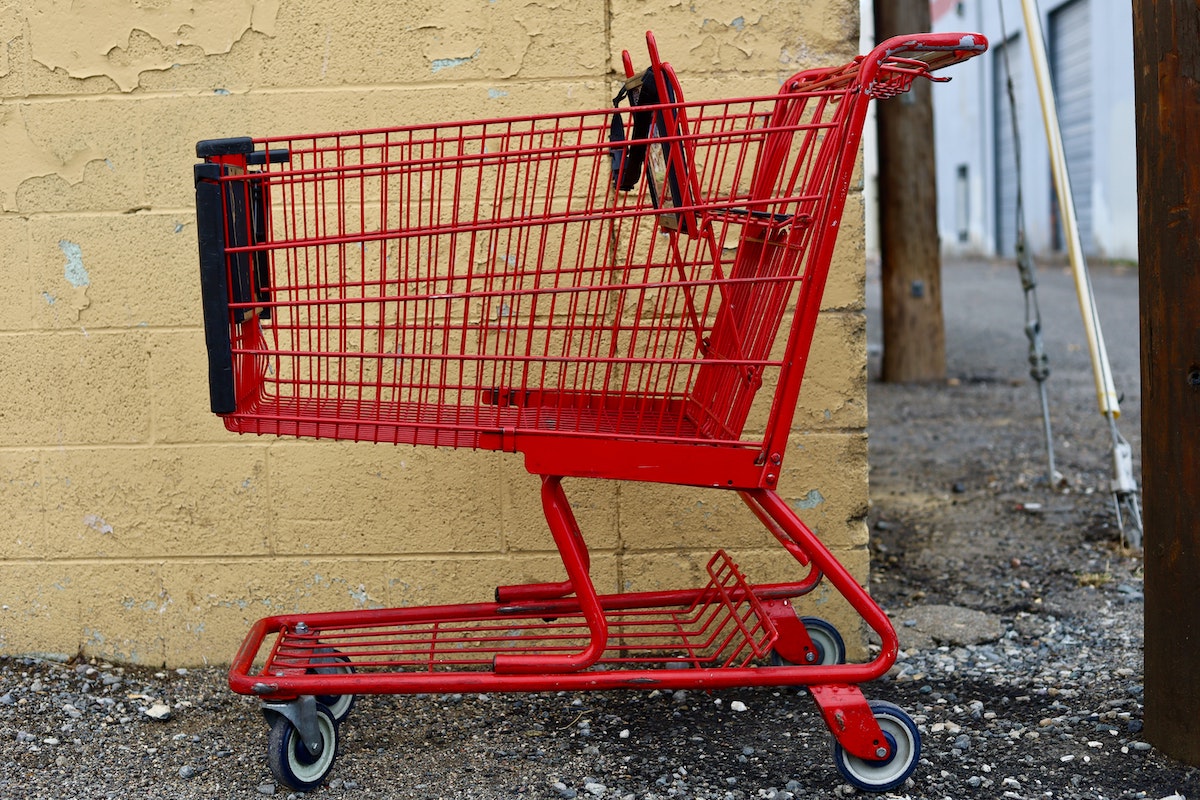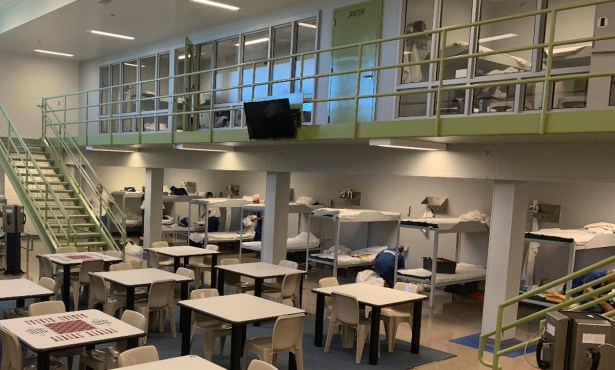What’s Cooking at the Santa Barbara Council This Week
From Shopping Carts to Ortega Park with Las Positas and State Street in Between

For those looking forward to this Tuesday’s meeting of the Santa Barbara City Council, there’s no shortage of items to whet your whistle.
The most obvious of the proposals is one that would require local business owners to take responsibility for keeping tabs on their shopping carts and tracking them down when they are taken from the premises. This is one of those items that seems designed to outrage both homeless advocates and the business community in the same fell swoop.
The proposal attempts to address an undeniable reality, that shopping carts qualify as a growing presence throughout Santa Barbara and especially so in certain neighborhoods. The number of carts City Hall counts as retrieved in 2020, for example, was 538, up from 20 the year before that and 32 the year before that. But that’s not necessarily a big surprise. We are living in the time of COVID, when many of the shelters are closed because of infection outbreaks and because Santa Barbara to date has no storage facilities for people on the street to store their belongings. With businesses struggling to stay open, this may be a challenging time for them to take on new regulatory burdens and costs.
Get the top stories in your inbox by signing up for our daily newsletter, Indy Today.
The council will also deliberate on a proposal to apply for an $8.6 million grant application to fund a $14 million master plan make-over for Ortega Park. Normally this would have been a slam dunk, but in recent weeks controversy has erupted over the fate of the Chicano art murals that have adorned many of the walls in that park since 1979. A recent consultant hired by City hall concluded that seven of the 18 murals at the mark merit some form of preservation. But this past week, the Historic Landmarks Commission — at the instigation of community activists — concluded not enough public outreach had been conducted for it to give its blessing on the city’s preservation plans. On the flip side, there’s no question that the park has long suffered less than benign neglect. In recent years, the park has increasingly become the focus of neighborhood complaints about drinking, drugs, and loud and obnoxious behavior. City Hall’s answer has been the development of a new master plan that includes the creation of a new heated pool, a new skate park, a new basketball court, picnic areas and soccer fields.
The Fire Department has put the finishing touches on a new fire hazard map, which the council is being asked to approve. Such planning tools are both obvious and essential for a region so prone to urban wildfires. But if the new boundary lines include properties that currently fall outside such zones, it could have a significant impact on the owners, for whom insurance rates might go up considerably or not be available at all. Given that the state is currently revising its own fire hazard maps — and is scheduled to be done two years hence — the council may opt to punt.
For years, the intersection of State and Las Positas has posed one of the more perplexing real estate questions in town. What is happening, people have asked, with the old abandoned Army Reserve property there and why doesn’t someone do something? The details attending the answer are complicated in the extreme, but the federal government — which owns the land — wants to transfer title to the American Indian Health Clinic, which has been providing services down State Street for a few eons now. The plan is that American Indian would take over the property and run a much bigger clinic there. For this to happen, the council would have to allow a general plan change for the land, which is currently designated for housing. Many in City Hall are wondering whether the clinic has the wherewithal to bring so ambitious an undertaking to fruition. If not, why approve the change to the general plan. It’s no secret that City Hall has had its eyes on this property for many years. It would make an ideal extension to McKenzie Park — right next door, for example — or perhaps a site hosing that’s actually affordable to the so-called middle class. The prospect exists, however, that if the clinic got by-passed that the feds might insist the land be used for a homeless shelter. It’s uncertain how real that prospect is, however. There’s a whole lot of what-ifs confronting the councilmembers as they ponder which way to go. The deliberations could well be confusing; they will most certainly be interesting.
Every day, the staff of the Santa Barbara Independent works hard to sort out truth from rumor and keep you informed of what’s happening across the entire Santa Barbara community. Now there’s a way to directly enable these efforts. Support the Independent by making a direct contribution or with a subscription to Indy+.



